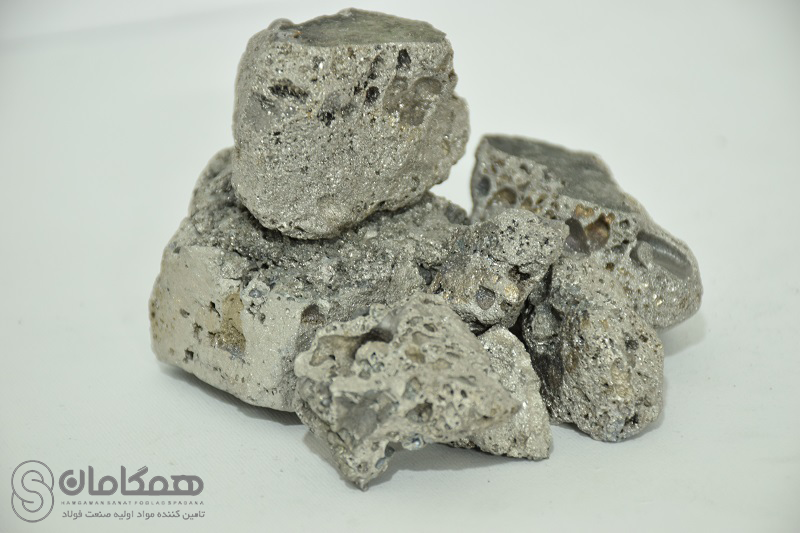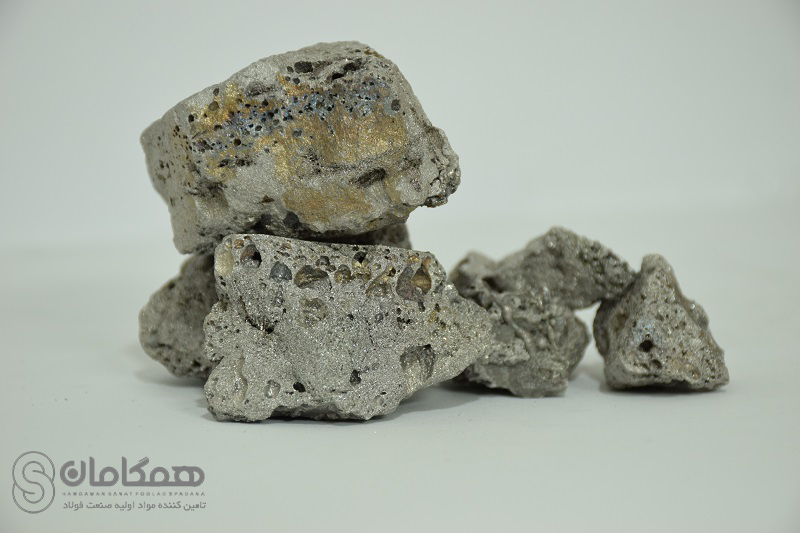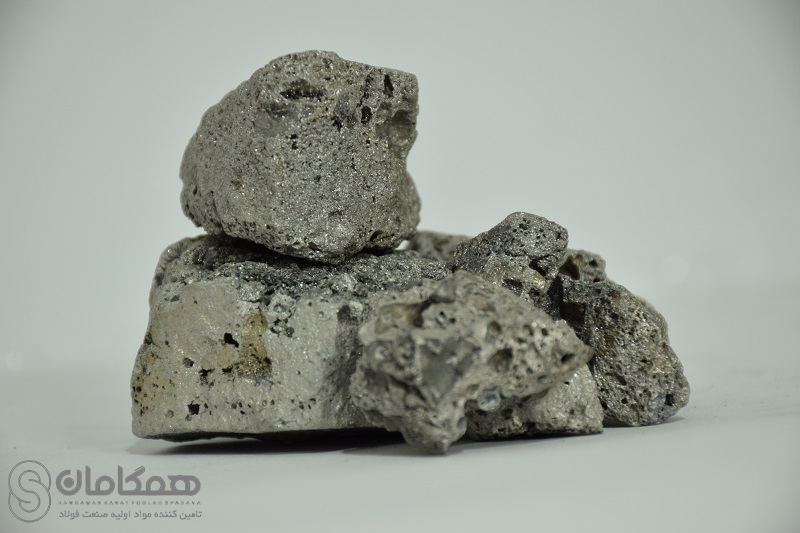High-Carbon Ferrochrome (HC FeCr): A Premium Alloy Combining Excellence and Innovation
- Introduction
High-carbon ferrochrome (HC FeCr) is a critical alloy composed primarily of chromium (60-70%) and iron, with a carbon content typically ranging between 4-8% (ASTM A482). Renowned for its exceptional hardness, corrosion resistance, and thermal stability, HC FeCr plays a pivotal role in advanced industrial applications. Iran has emerged as a leading global producer, leveraging cutting-edge technologies to deliver high-quality HC FeCr that meets stringent international standards.
- Scientific and Technical Properties of HC FeCr
2.1. Mechanical and Physical Characteristics
- Hardness: 600-800 HV (Vickers), making it ideal for abrasive environments.
- Melting Point: ~1500-1600°C, ensuring stability in high-temperature applications.
- Density: 6.8-7.2 g/cm³, contributing to its structural robustness.

2.2. Corrosion Resistance Mechanism
The high chromium content (>60%) forms a protective Cr₂O₃ oxide layer (passivation), significantly enhancing resistance to rust and chemical attack (Pourbaix Diagram, 1974).
2.3. High-Temperature Performance
- Retains >85% of yield strength at 800°C due to solid-solution strengthening (Ming et al., J. Mater. Sci., 2020).
- Low silicon content (<2.5%) minimizes harmful sigma phase formation in prolonged heat exposure.
- Advanced Applications of HC FeCr
| Industry | Key Applications | Benefit of HC FeCr |
| Steelmaking | Stainless steel (AISI 304, 316), tool steels, heat-resistant alloys | Enhances hardness, corrosion resistance |
| Aerospace | Jet engine components, turbine blades (Inconel superalloys) | High strength-to-weight ratio |
| Automotive | Engine valves, piston rings, wear-resistant coatings | Extends component lifespan |
| Mining & Heavy Machinery | Crusher liners, drill bits, excavator teeth | Superior abrasion resistance |
| Energy | Gas turbines, nuclear reactor parts, renewable energy systems | Thermal stability at extreme conditions |
- Iran’s Technological Leadership in HC FeCr Production
4.1. Cutting-Edge Manufacturing Processes
- Submerged Arc Furnace (SAF) Technology:
- Optimized slag/metal ratio (~1.2) ensures >90% chromium recovery.
- Computer-controlled smelting reduces energy consumption by 15% compared to conventional methods.

4.2. Sustainability Initiatives
- Closed-Loop Gas Recycling: Reduces CO₂ emissions by 20%.
- Waste Slag Utilization: By-products repurposed for cement production (circular economy).
4.3. Quality Assurance
- Compliance with ISO 5448, ASTM A482, and EN 13240.
- Advanced spectroscopy (XRF) ensures precise chemical composition control.
- Competitive Advantages of Iranian HC FeCr
- Cost Efficiency: 10-15% lower production costs than competitors (South Africa, Kazakhstan) due to localized raw materials.
- Supply Chain Reliability: Strategic logistics hubs in Bandar Abbas ensure global delivery.
- Custom Alloy Development: Tailored Cr/C ratios for specialized applications (e.g., 70% Cr for aerospace).
- Conclusion
Iranian high-carbon ferrochrome stands at the forefront of alloy innovation, combining scientific excellence, sustainable production, and competitive pricing. Whether for stainless steel, aerospace, or heavy industry, HC FeCr from Iran delivers unmatched performance and reliability.
Contact Us Today to discuss your HC FeCr requirements and benefit from our technical expertise!
References
- ASTM A482 (2021). Standard Specification for Ferrochrome.
- Ming, L. et al. (2020). High-Temperature Behavior of FeCr Alloys. Journal of Materials Science.
- Pourbaix, M. (1974). Atlas of Electrochemical Equilibria in Aqueous Solutions.

